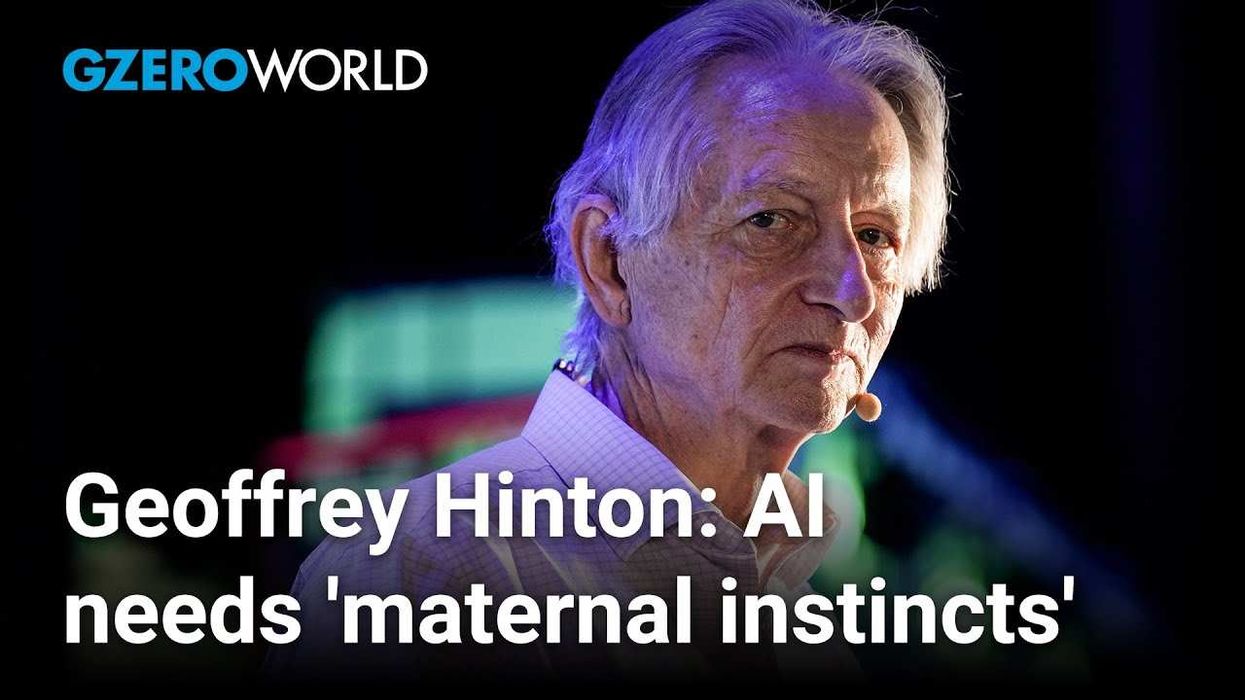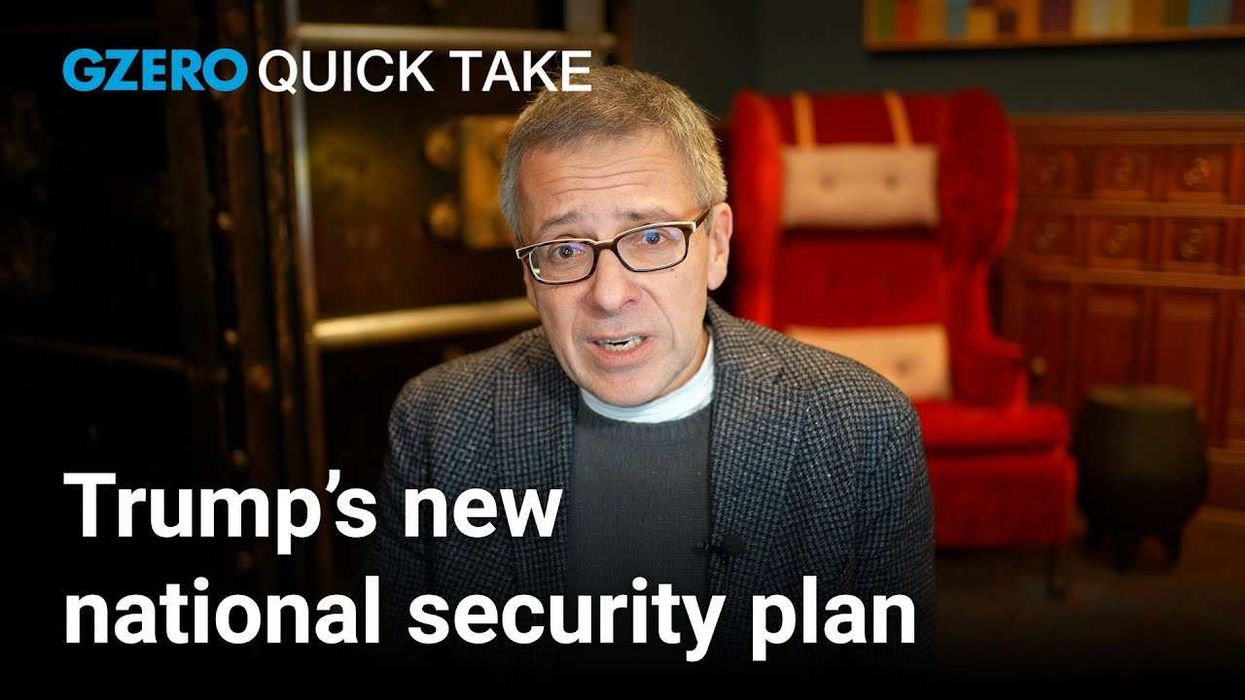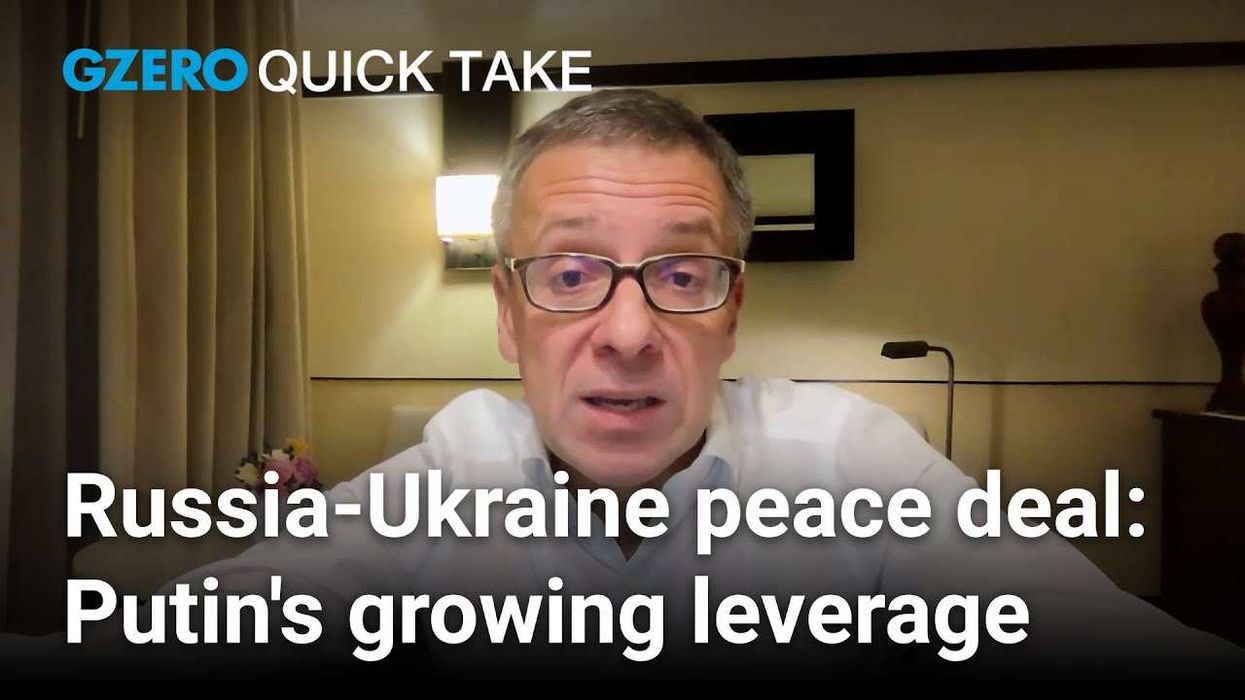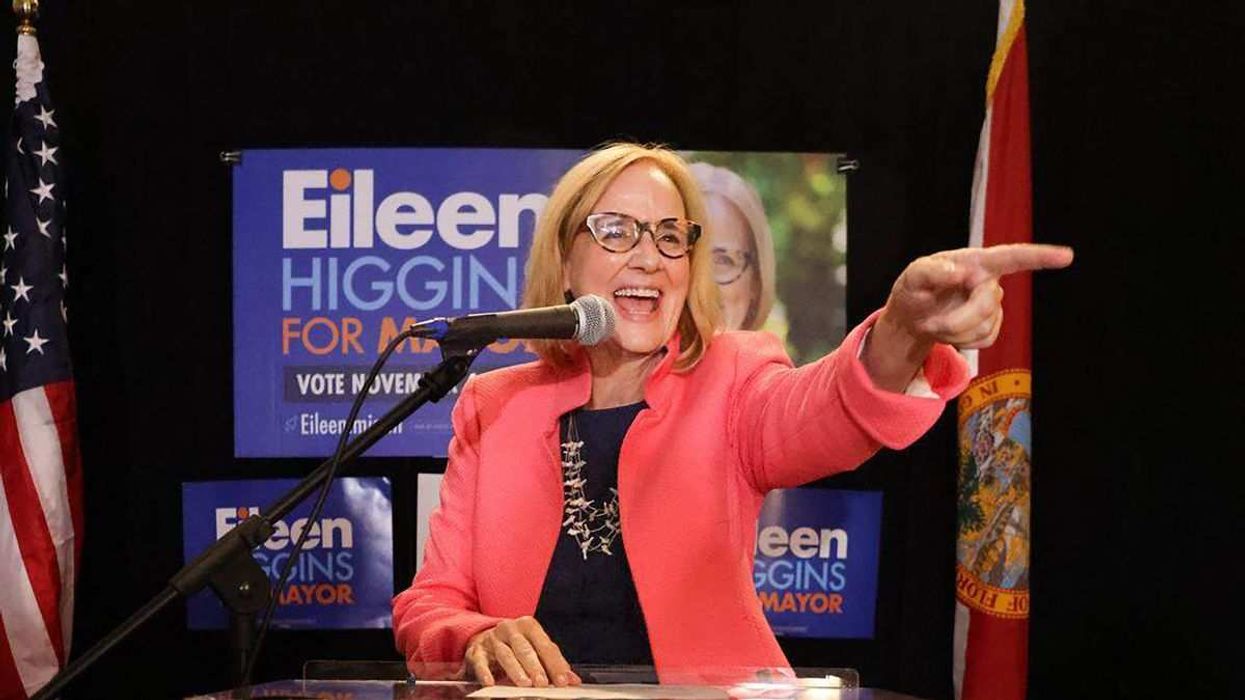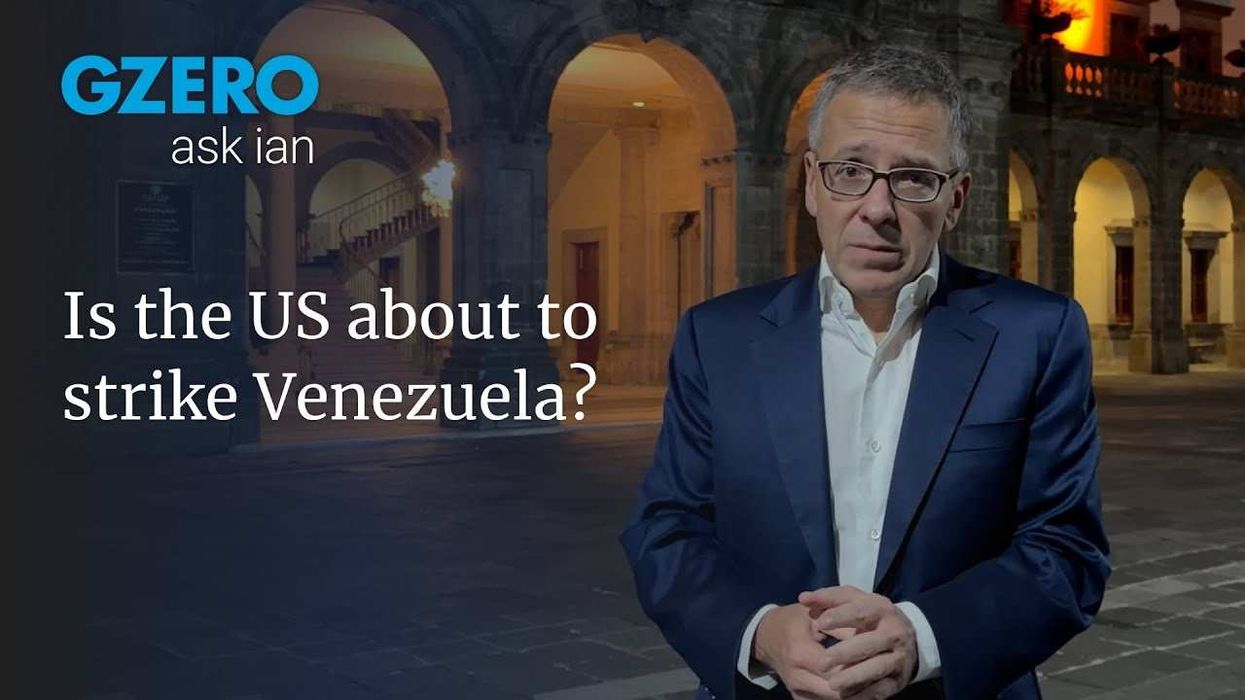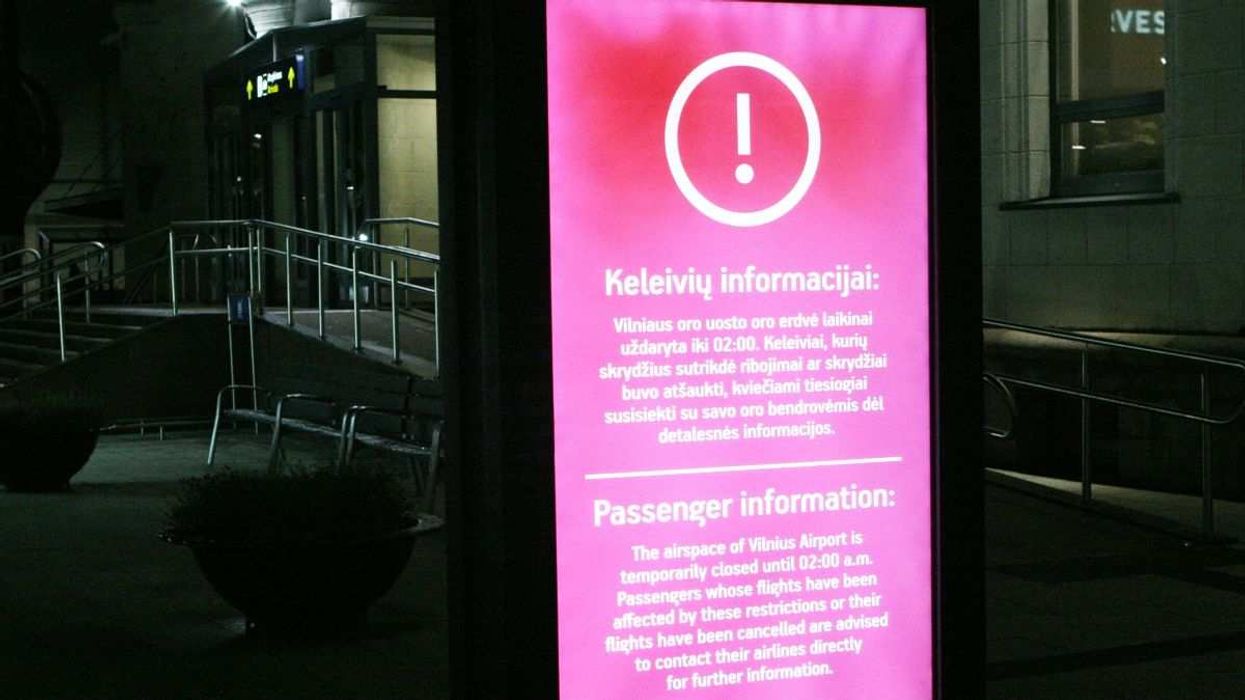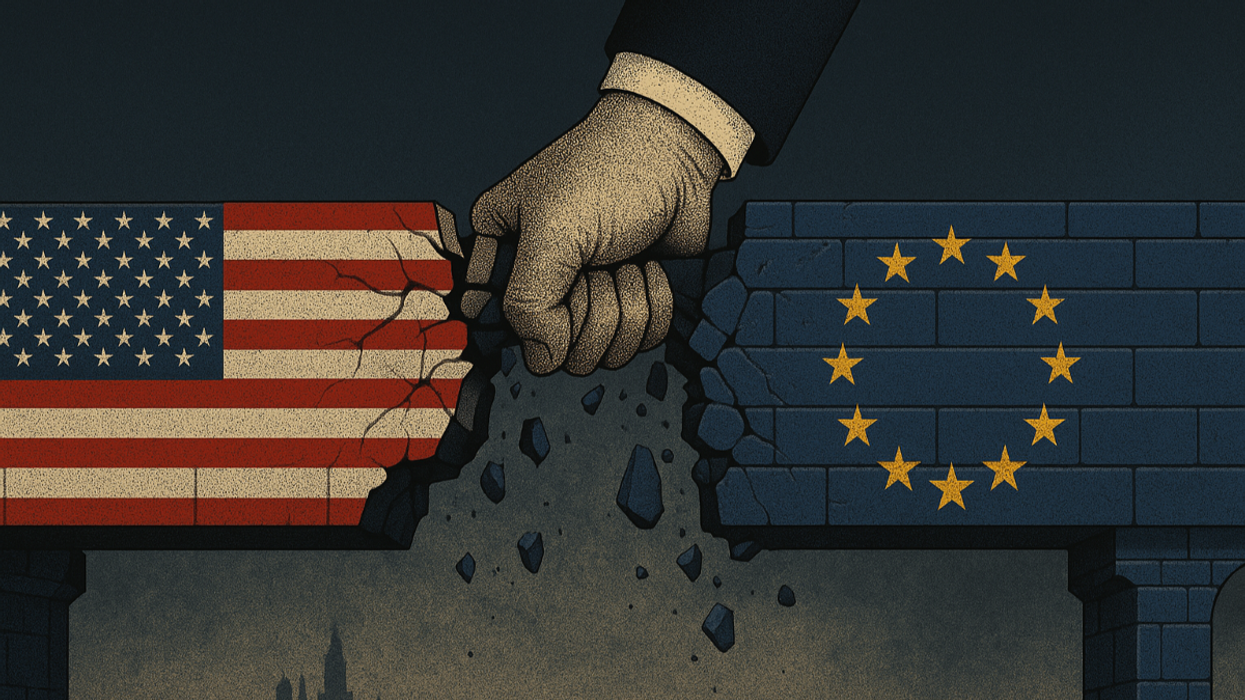As Election Day nears, voters need more than vibes – they are primed for policies and solutions from their candidates. Americans want to hear how Kamala Harris and Donald Trump would address a laundry list of issues, and high housing costs top that list.
Republican or Democrat, renter or buyer, anyone in the market for shelter can agree that finding an affordable place to live in the US can be tough.
Since the pandemic, the cost of owning a home has increased by 26%, and incomes have not kept pace. The biggest factor fueling the affordable housing crisis is the need to increase the supply of homes. But that’s easier said than done: Regulations, high interest rates, and high costs have led the US to underbuild by millions of homes. Harris and Trump both know this, but they have come to very different conclusions about how to fix the problem.
From surplus to shortage. After the Great Recession in 2008, when neighborhoods were blotted with home foreclosures, the country has moved from having a surplus of housing to a deficit.
Before 2008, builders were starting about two million homes a year, but that number has plunged to an average of about 1.1 million new homes a year ever since — far below the 1.6 million needed to keep up with population growth. The nation’s housing shortfall is now between 1.5 million and 5.5 million units, depending on the estimate.
Other factors include high interest rates and few incentives for developers to build affordable housing units. “We are not seeing duplexes, triplexes, smaller units being built,” says Tia Boatman-Patterson, CEO of the California Community Reinvestment Corporation and former associate director for housing, treasury and commerce at the Office of Management and Budget for the Biden administration.
“If we want more affordable housing, the government has to take some of the risk, especially for housing to be built for low-income families whose incomes don’t match their housing costs,” she adds.
Spanning geographies and ideologies. The issue was once isolated to high-cost cities like San Francisco and New York, but as people have relocated in search of affordability (a trend exacerbated by the pandemic, which normalized working remotely), high prices have followed them. Housing costs are one of the major reasons people move, leaving popular job markets for places with a lower cost of living.
At the Republican National Convention, signs reading “Make Housing Affordable Again” dotted the crowd. Meanwhile, at the Democratic National Convention, both Harris and Barack Obama called for an overhaul of local zoning laws that act as barriers to new and cheaper housing.
“It's not just a challenge affecting big cities along the coast, but communities of all kinds throughout the country, including rural communities and red and blue states,” says Dennis Shea, executive director of the J. Ronald Terwilliger Center for Housing Policy at the Bipartisan Policy Center. “Everybody’s feeling the pitch.”
Housing plans: Harris vs. Trump
The crux of Harris’ housing agenda is simple: increase supply. She has proposed policies to accelerate housing production, such as easing local planning restrictions, and aims to build 3 million new houses by the end of her first term. To increase the supply of affordable housing, she wants to expand the Low Income Housing Tax Credit, which has led to approximately 3.7 million affordable homes being built since it was enacted in 1986 by giving tax breaks to developers who build affordable housing. Expanding it would further incentivize private capital to build and rehabilitate starter homes in distressed communities.
Boatman-Patterson believes that the major strength of Harris’ plan is that it “incentivizes everyone, from Congress to regulators to local governments to builders, to row in the same direction, because the president alone does not have the power to create three million homes.”
However, a more contentious – and clickbaity – portion of her plan is to give $25,000 in down-payment assistance to first-time home buyers. Beyond this being expensive, and logistically difficult, critics have pointed out that this may inflate housing costs in an already tight market.
Proposals to sell federal land to builders for the construction of homes notably made their way into both the RNC’s 2024 platform and Harris’ housing plan. This would have the federal government — which owns roughly 28% of the land in the US — open up bidding for parcels to developers who commit to keeping a certain percentage of the units at an affordable level for the local population.
The plans also both propose cutting unnecessary regulations. The National Association of Home Builders estimates that regulatory compliance adds 25% to the cost of a single-family home and about 40% to a multifamily and apartment building.
However, Trump’s plan has a bigger focus on slashing inflation and reducing mortgage rates. Housing costs have been a major component of rising inflation over the past two years, and tackling inflation would lead to the Federal Reserve lowering interest rates. This, in turn, would reduce mortgage costs. Along with increasing supply, Trump also wants to decrease demand by deporting millions of immigrants.
While Harris’ and Trump’s plans differ in their approach, they also have a lot of similarities, a recognition that both candidates are on the same page about the urgency of addressing the underlying cause of the housing crisis: limited supply.
“I think everybody across the board realizes we need to build more homes to meet demand,” says Shea.
But the one who presents the most compelling and feasible plan to boost supply may hold the key to the White House in November.


